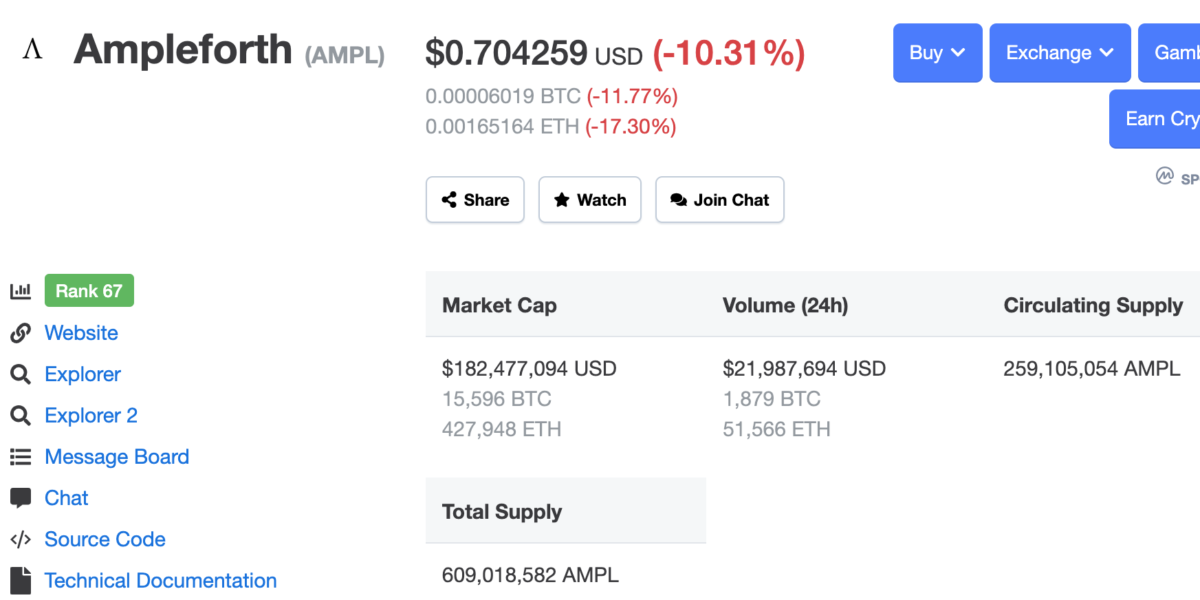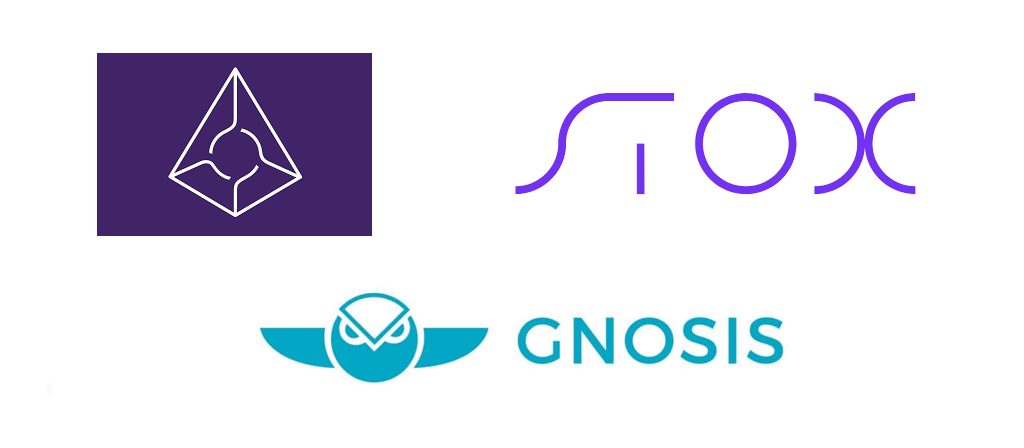Abstract: This paper surveys products and studies on cryptoeconomics and tokenomics from an economic perspective, as these terms are still (i) ill-defined and (ii) disconnected from economic disciplines. We first suggest that they can be novel when integrated; we then conduct a literature review and case study following consensus-building for decentralization and token value for autonomy. Integration requires simultaneous consideration of strategic behavior, spamming, Sybil attacks, free-riding, marginal cost, marginal utility and stabilizers. This survey is the first systematization of knowledge on cryptoeconomics and tokenomics, aiming to bridge the contexts of economics and blockchain.
Published in ICBC 2024, SoK session.


